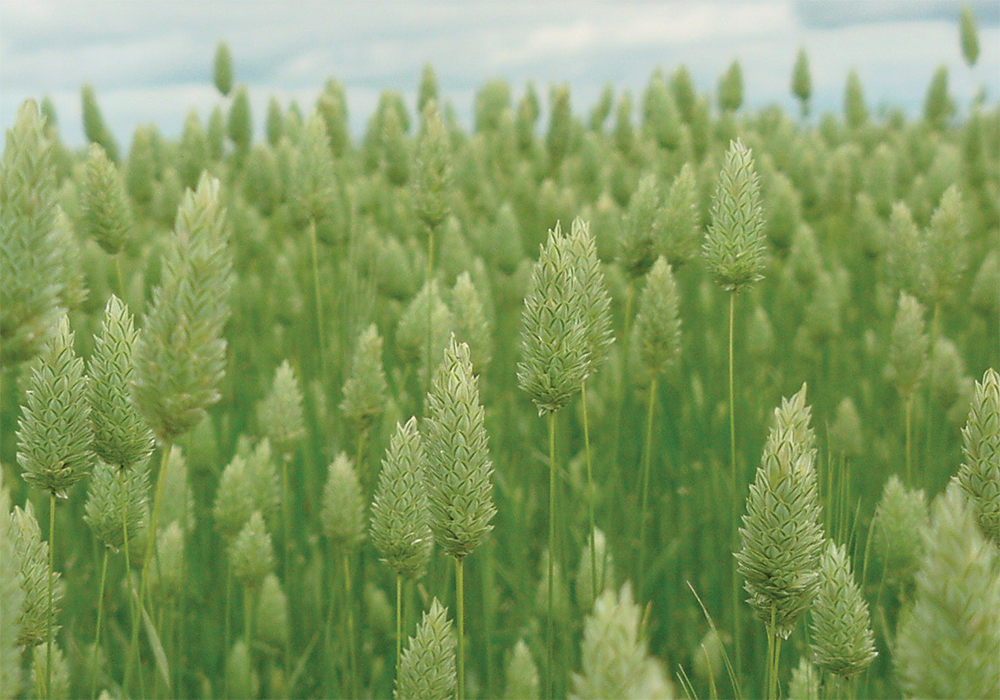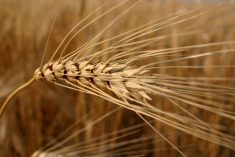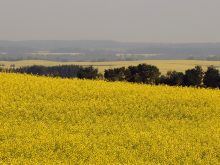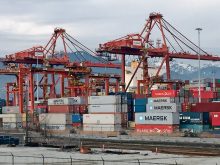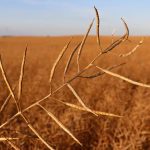Futures prices for the specialty crop remain strong as buyers compete for scarce supplies following last year’s drought
Low production from last year’s drought and record high prices virtually ensure any farmers with canaryseed in the bin will be vacuuming up every last pound, said Chuck Penner, a commodity markets analyst from Winnipeg.
“I would expect that the record high prices that we’ve had this year will have drained most of that unreported canaryseed out of the system,” said Penner of Leftfield Commodity Research.
Penner was speaking to the virtual annual general meeting of the Canary Seed Development Commission of Saskatchewan on Jan.10, part of the Saskatchewan Crop Organizations 2022 conference held online and in Saskatoon.
Read Also
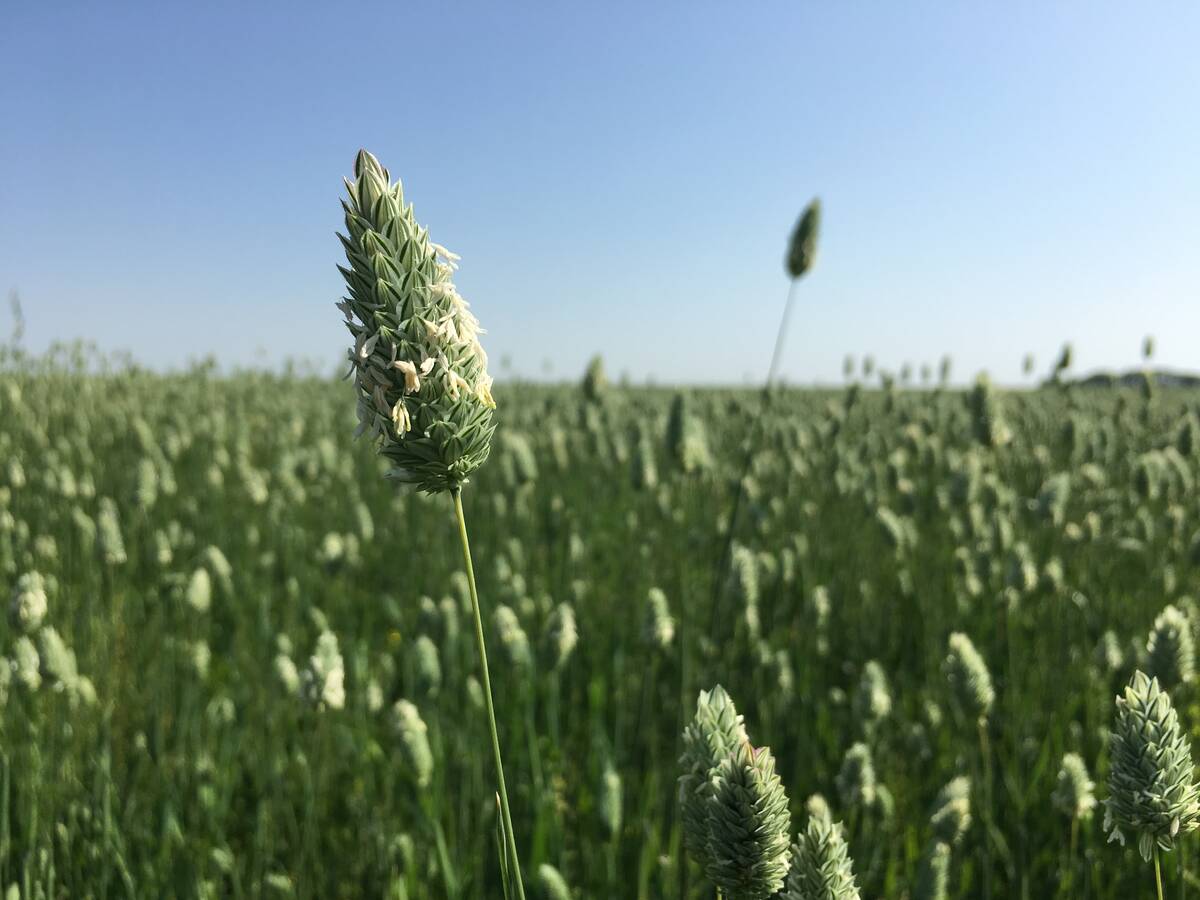
No special crop fireworks expected
farmers should not expect fireworks in the special crops market due to ample supplies.
Saskatchewan canaryseed growers began 2021 with optimism, sowing 315,000 acres of the crop, Penner said. This was up 40,000 acres more than 2020, according to Statistics Canada.
The acres were spread across the province, but plantings were concentrated in the west-central region and southeast of Regina.
Blistering heat and extreme drought affected the whole province, but west-central canaryseed growers were hit much harder than those near Regina, which benefited from some limited rain.
Yields varied overall, but Penner said in general, yields took a pounding. Final tally: 110,000 tonnes or about 780 lb. per acre (about 15½ bushels per acre). About 30,000 tonnes of this was from glabrous (hairless) varieties.
“The yield ended up being 42 percent below the five-year average, which is unprecedented. It was an absolutely brutal year,” he said.
The effects are already showing up in exports. Despite a carryover of 40,000 tonnes from 2020, Penner said that as of the end of November, export volumes were about 10,000 tonnes behind the previous year, at 43,200 tonnes.
While this “isn’t terrible,” he said customers in countries such as Mexico are already showing signs of moving to stock up in anticipation of short supplies.
Argentina grew 44,000 tonnes of canaryseed last year and 40,000 tonnes the year before that, so some South American customers of Canadian canaryseed may find supplies there.
Penner said there are traditionally two “bulges” in demand and price, in November and May, to correspond with export shipping. This year is different.
“Once we got into the summer and it became apparent that yields were going to be harmed, were going to be reduced, prices already started moving higher, well ahead of when they normally do,” he said.
In the short term, prices should stabilize at least until the spring export “bulge,” but with tight supplies keeping export volumes down, pressure on buyers to fill orders may drive prices up further.
With canaryseed fetching 60 cents a lb. as of Jan. 10, the question is how much further they can go. If there are shipments yet to be filled at Thunder Bay, Ont., as supplies tighten, prices may edge higher in the near future, but Penner said this is uncharted territory.
“When we get to these unprecedented years, there is no track record on which to base on where those prices could go.”
That said, there is a market maximum, where birdseed packagers start taking a hard look at substituting other grains into their mixes. Penner said the American millet crop has been healthy, for example, enough for prices of that ingredient to drop, although sunflower seed prices have been trending higher.
Part of this may be due to lack of availability rather than preference. Canadian bidding remains strong.
“The average spot bids touched on 55 cents and I know there were trades going on higher than that,” Penner said. “Then we have new crop bids, which at this stage are the highest they’ve ever been. There’s already aggressive bidding.”
Buyers are anxious to maintain their supplies, which bodes well for canaryseed in the stiff competition for acres with other commodity crops.
“If any crop isn’t keeping up in that competition, it’s going to lose acres significantly,” Penner said. “That’s why we have new crop canaryseed bids over 35 cents; just to be able to maintain acres.”
Penner has penciled out the costs for the dark brown soil zone for canaryseed, factoring in seed, fertilizer, crop protection products and crop insurance, as well as factors such as herbicide rotations and aftereffects of last season’s drought conditions. While he stresses that other commodities are also enjoying high prices and farmers tend to be reluctant to change their familiar rotations, gross margins on canaryseed look good.
“Canaryseed is ranking up close to the top,” he said. “It’s in the top four.”

